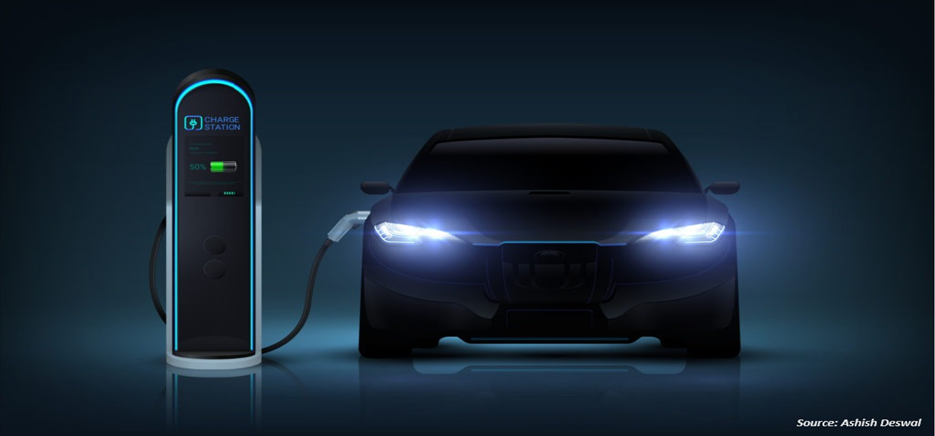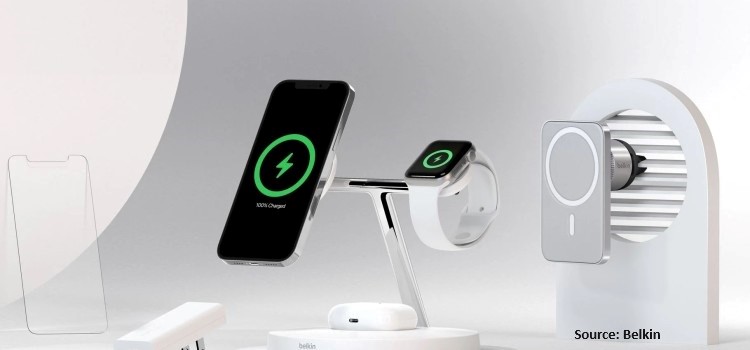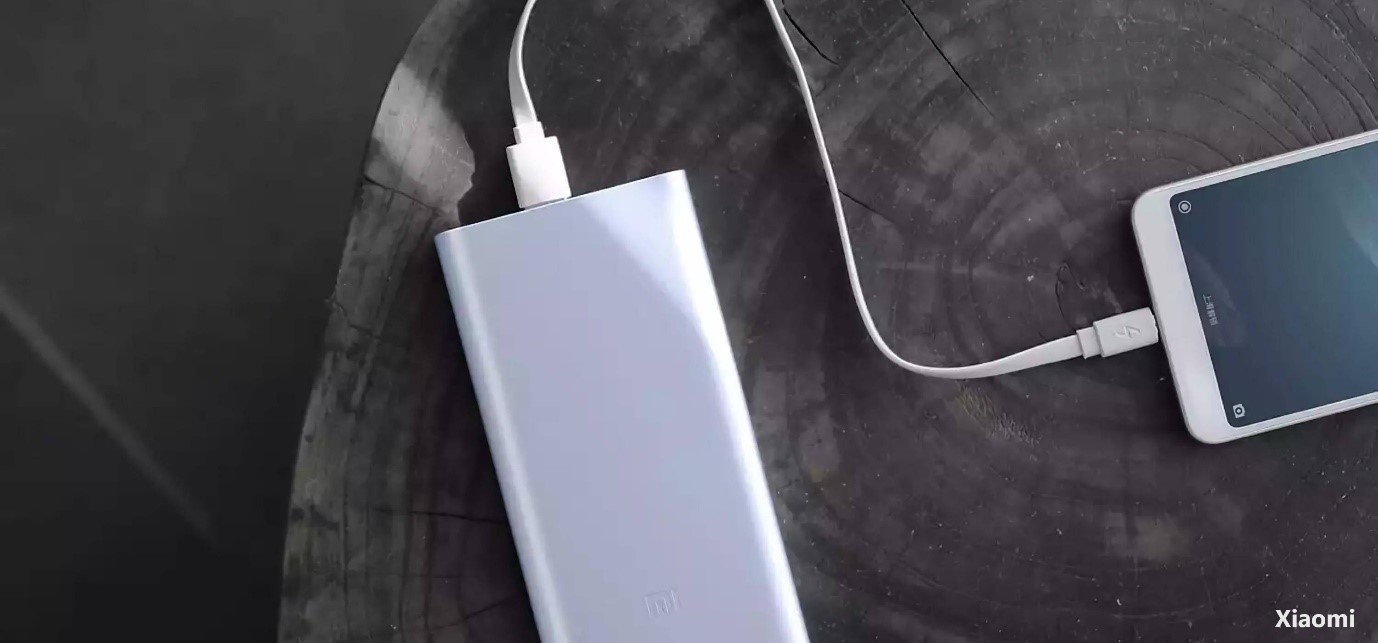
RTLS in Healthcare Market by Offering (Hardware, Software, and Services), by Technology (RFID, Wi-Fi, UWB, BLE, Infrared, Ultrasound, and Other Technologies), and by Application (Inventory/Asses Tracking & Monitoring, Personnel Locating & Monitoring, Access Control & Security, Environmental Monitoring, Supply Chain Management & Automation, and Other Applications)- Global Opportunity Analysis and Industry Forecast 2023-2030
Market Definition:
The RTLS in Healthcare Market size was valued at USD 2.12 billion in 2022 and is predicted to reach USD 8.02 billion by 2030 with a CAGR of 18.1% from 2023-2030. RTLS (Real-Time Location System) in healthcare refers to the technology that utilizes various tracking methods, such as RFID (Radio-Frequency Identification) or Wi-Fi, to monitor and identify the real-time location and movement of assets, patients, or personnel within a healthcare facility. By providing accurate and up-to-the-moment information about the whereabouts of objects and individuals, RTLS enhances operational efficiency, patient care, and asset management in healthcare settings. This technology enables healthcare professionals to track medical equipment, monitor patient movements, optimize workflow, and enhance patient safety by ensuring timely access to resources and improved response times.
Market Dynamics and Trends
The adoption of the RTLS in healthcare is increasing due to the rising demand for enhance patient care and safety. RTLS technology enables accurate tracking of patients, helping healthcare providers monitor their movements, anticipate needs, and enhance overall patient safety and care quality.
Also, the increasing healthcare spending on a global scale, coupled with proactive government initiatives and support, is further propelling the growth of the RTLS (Real-Time Location System) market within the healthcare sector. As governments prioritize modernizing healthcare systems and enhancing patient care, investments in technologies like RTLS are contributing to more efficient patient management, streamlined operations, and improved resource allocation.
Moreover, technological advancement, such as the incorporation of Ultra-Wideband (UWB) technology into location tracking, is fueling the global adoption of RTLS solutions in healthcare. UWB offers precise positioning data, simplifying real-time patient and asset tracking for healthcare providers. This contributes to enhanced patient care and streamlined operations.
However, data security and privacy concerns of individuals in healthcare are the factors restraining the growth of RTLS in healthcare market during the forecast period. The use of RTLS solutions generate a large amount of data that needs to be managed and secured. Without proper measures, such data could be vulnerable to hacking or misuse, leading to potential breaches of patient privacy and confidentiality.
On the contrary, the integration of artificial intelligence and machine learning with RLTS is expected to create ample growth opportunities for the market in the future. AI-powered algorithms analyze location data to provide valuable insights, such as predicting patient movements, optimizing workflow, and identifying patterns for operational improvements.
Market Segmentations and Scope of the Study
The RTLS in healthcare market share is segmented on the basis of offering, technology, application and geography. Based on offering the market is divided into hardware, software, and services. Hardware is further sub divided into tags/badges, readers/trackers/access points, and other hardware. Services are further sub divided into consulting, support & maintenance, and deployment and integration. On the basis of technology, the market is classified into RFID, Wi-Fi, UWB, BLE, infrared, ultrasound, and other technologies. Based on application the market is categorized into inventory/asses tracking & monitoring, personnel locating & monitoring, access control & security, environmental monitoring, supply chain management & automation, and other applications. Geographic breakdown and analysis of each of the aforesaid segments includes regions comprising of North America, Europe, Asia-Pacific, and RoW.
Geographical Analysis
North America holds the predominant share of the RTLS in healthcare market and is expected to continue its dominance during the forecast period. This is attributed to the region's substantial investments in healthcare infrastructure, advanced medical technologies, and patient-centric services are boosting a heightened emphasis on efficiency and quality of care, thus fueling the market growth. According to the American Medical Association, U.S. health care spending grew 2.7 percent in 2021, reaching USD 4.3 trillio. As a share of the nation's Gross Domestic Product, healthcare spending accounted for 18.3 percent.
Also, the presence of major key players such as Stanley Healthcare, Zebra Technologies Corp, Airista Flow Inc, and CenTrak, Inc. that are adopting various strategic partnerships, further boosts the market growth in this region. For instance, in August 2021, Centrak partnered with Cisco DNA Spaces to expand Wi-Fi-based RTLS capabilities within the healthcare sector. This collaboration aims to leverage Cisco's expertise in location services to enhance real-time tracking and monitoring in healthcare facilities.
However, Asia-Pacific is expected to show a steady rise in the RTLS in healthcare market due to the proliferation of smartphones and tablets across Asia-Pacific, which has prompted healthcare providers to capitalize on this trend by integrating RTLS with these devices. Through mobile applications, healthcare workers can now access and manage RTLS solutions, enabling real-time monitoring and tracking of patients' locations and movements.
Moreover, the increasing government initiatives and investments in digitalizing healthcare to optimize patient care, asset management, and overall operational efficiency within healthcare facilities are significantly propelling the growth of the market in this region. For instance, in December 2021, Indonesia launched a digital health blueprint aimed at expanding inclusive healthcare coverage. This initiative leverages digital technologies to reach a broader population with essential healthcare services. The launch of the digital health blueprint showcases the nation's commitment to utilizing technology for equitable and accessible healthcare, highlighting the potential of digital solutions to transform healthcare delivery and improve overall well-being.
Competitive Landscape
The RTLS in healthcare market trends comprising of various market players such as CenTrak, Inc., Impinj Inc., Stanley Healthcare, Zebra Technologies Corp, Midmark Corporation, Intelligent Insites, Airista Flow Inc., Midmark Corporation, GE Healthcare, and Sonitor Technologies. These market players are adopting product launches as their key developmental strategy to maintain their dominance in the RTLS in healthcare market.
For instance, in January 2023, Centrak launched cloud-based workflow software designed to enhance efficiency in healthcare operations. This innovation enables healthcare facilities to optimize patient care processes, staff workflows, and resource management using real-time data. Centrak's introduction of cloud-based workflow software showcases the ongoing evolution of RTLS solutions, demonstrating how technology advancements are shaping more streamlined and effective healthcare practices.
Also, in November 2022, Impinj launched two new RAIN RFID tag chips aimed at advancing IoT connectivity in the healthcare and automotive industries. These chips offer improved tracking and data collection capabilities, benefiting applications like inventory management in pharmaceuticals and asset tracking in the automotive sector. Impinj's launch of these RFID tag chips reflects the crucial role of IoT and RTLS solutions in enhancing operational efficiency and traceability across diverse sectors.
Moreover, in June 2021, Midmark RTLS launched a cloud-based asset tracking solution that utilizes Bluetooth Low Energy (BLE) technology. This innovation enables healthcare facilities to efficiently track and manage assets in real-time, enhancing operational efficiency and resource utilization.
KEY BENEFITS
-
The report provides quantitative analysis and estimations of the RTLS in healthcare market from 2023 to 2030, which assists in identifying the prevailing market opportunities.
-
The study comprises a deep-dive analysis of the RTLS in healthcare market including the current and future trends to depict prevalent investment pockets in the market.
-
Information related to key drivers, restraints, and opportunities and their impact on the RTLS in healthcare market is provided in the report.
-
Competitive analysis of the players, along with their market share is provided in the report.
-
SWOT analysis and Porters Five Forces model is elaborated in the study.
-
Value chain analysis in the market study provides a clear picture of roles of stakeholders.
KEY MARKET SEGMENTS
-
By Offering
-
Hardware
-
Tags/Badges
-
Readers/Trackers/Access Points
-
Other Hardware
-
-
Software
-
Service
-
Consulting
-
Support & Maintenance
-
Deployment & Integration
-
-
-
By Technology
-
RFID
-
Wi-Fi
-
UWB
-
BLE
-
Infrared
-
Ultrasound
-
Other Technologies
-
-
By Application
-
Inventory/Asses Tracking & Monitoring
-
Personnel Locating & Monitoring
-
Access Control & Security
-
Environmental Monitoring
-
Supply Chain Management & Automation
-
Other Applications
-
-
By Geography
-
North America
-
The U.S.
-
Canada
-
Mexico
-
-
Europe
-
The UK
-
Germany
-
France
-
Italy
-
Spain
-
Denmark
-
Netherlands
-
Finland
-
Sweden
-
Norway
-
Russia
-
Rest of Europe
-
-
Asia Pacific
-
China
-
Japan
-
India
-
South Korea
-
Australia
-
Indonesia
-
Singapore
-
Taiwan
-
Thailand
-
Rest of Asia Pacific
-
-
RoW
-
Latin America
-
Middle East
-
Africa
-
-
REPORT SCOPE AND SEGMENTATION:
|
Parameters |
Details |
|
Market Size in 2022 |
USD 2.12 Billion |
|
Revenue Forecast in 2030 |
USD 8.02 Billion |
|
Growth Rate |
CAGR of 18.1% from 2023 to 2030 |
|
Analysis Period |
2022–2030 |
|
Base Year Considered |
2022 |
|
Forecast Period |
2023–2030 |
|
Market Size Estimation |
Billion (USD) |
|
Growth Factors |
The increasing healthcare spending on a global scale, coupled with proactive government initiatives and support. The rising demand for enhance patient care and safety. |
|
Countries Covered |
28 |
|
Companies Profiled |
10 |
|
Market Share |
Available for 10 companies |
|
Customization Scope |
Free customization (equivalent up to 80 working hours of analysts) after purchase. Addition or alteration to country, regional, and segment scope. |
|
Pricing and Purchase Options |
Avail customized purchase options to meet your exact research needs. |
KEY PLAYERS
-
CenTrak, Inc
-
Impinj Inc
-
Stanley Healthcare
-
Zebra Technologies Corp
-
Midmark Corporation
-
Intelligent Insites
-
Airista Flow, Inc
-
Midmark Corporation
-
GE Healthcare
-
Sonitor Technologies




 Speak to Our Analyst
Speak to Our Analyst


































